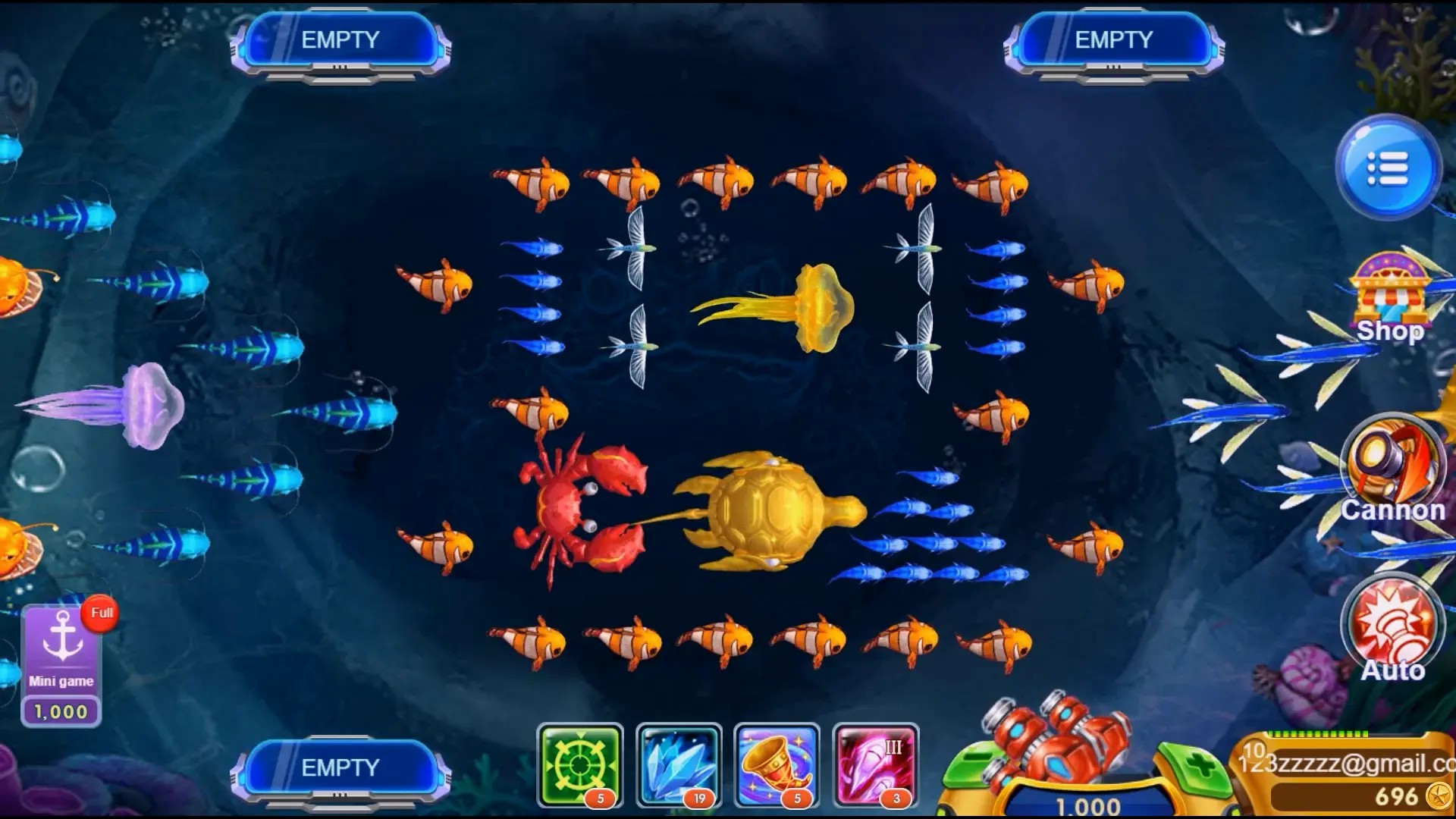Why Idle Games Are the Future of Life Simulation Games: A Deep Dive
As gaming evolves, idle games are carving out their niche in the realm of life simulation games. These games, often characterized by minimal player input yet engaging mechanics, have transformed how we perceive gaming. Let's explore the reasons behind their growing popularity and what sets them apart in the gaming industry.
The Rise of Idle Games
Idle games, or “clickers," have witnessed a meteoric rise in recent years. In these games, players often set off a chain reaction of events with a simple click, then watch as the game progresses automatically. The beauty of idle games lies in their simplicity and the satisfaction derived from progress without continuous effort.
- Easy Accessibility: Many idle games can be played on mobile devices, catering to the on-the-go lifestyle.
- Low Commitment: Players can engage for short bursts or longer sessions, making it ideal for various lifestyles.
- Visual Feedback: The gradual progression through visuals keeps players motivated.
Why They Work as Life Simulation Games
Simulating life isn't just about the decisions players make; it's also about feeling a sense of achievement. Idle games do a remarkable job of this. They encapsulate many aspects of life simulation games:
| Characteristic | Idle Games | Traditional Life Simulation Games |
|---|---|---|
| Growth Mechanics | Constant upgrades | Skill development over time |
| Resource Management | Passive income | Budgeting and resource allocation |
| Player Engagement | Minimal inputs required | Active decision-making |
Engaging Stories and Characters
Another aspect where idle games are beginning to shine is in narrative depth. While not initially recognized for storytelling, recent entries in the genre are breaking the mold. They spin compelling tales that rival some of the best PS4 games for stories and characters. Players find themselves invested in the game's world, leading to increased player retention and satisfaction.
Key Elements of Storytelling in Idle Games:
- Character Development: Unique characters evolve as the game progresses.
- Engaging Plotlines: Narratives keep players hooked, enticing them to return.
- Dynamic World: Environments change in response to player actions or game progression.
The Future: Delta Force 1986 and Beyond
With technological advancements and the industry’s shift towards mobile and casual gaming, the future is bright for idle games. For instance, let's take a brief look at some influential games like Delta Force 1986, which, despite being in a different genre, showcases how innovation and quality narratives can elevate a game's appeal across demographics.
As developers continue to understand player preferences, we can expect a flood of idle games that embrace lifelike simulations with captivating narratives and vibrant characters.
Conclusion
Idle games are becoming a pivotal part of life simulation gaming. Their unique blend of low commitment, engaging mechanics, and increasingly rich storytelling creates a fascinating gaming experience. Whether you’re a casual player or a dedicated gamer, idle games offer a refreshing perspective that bridges simple gameplay with the complexity of life itself. Your next favorite game might just be an idle one!



